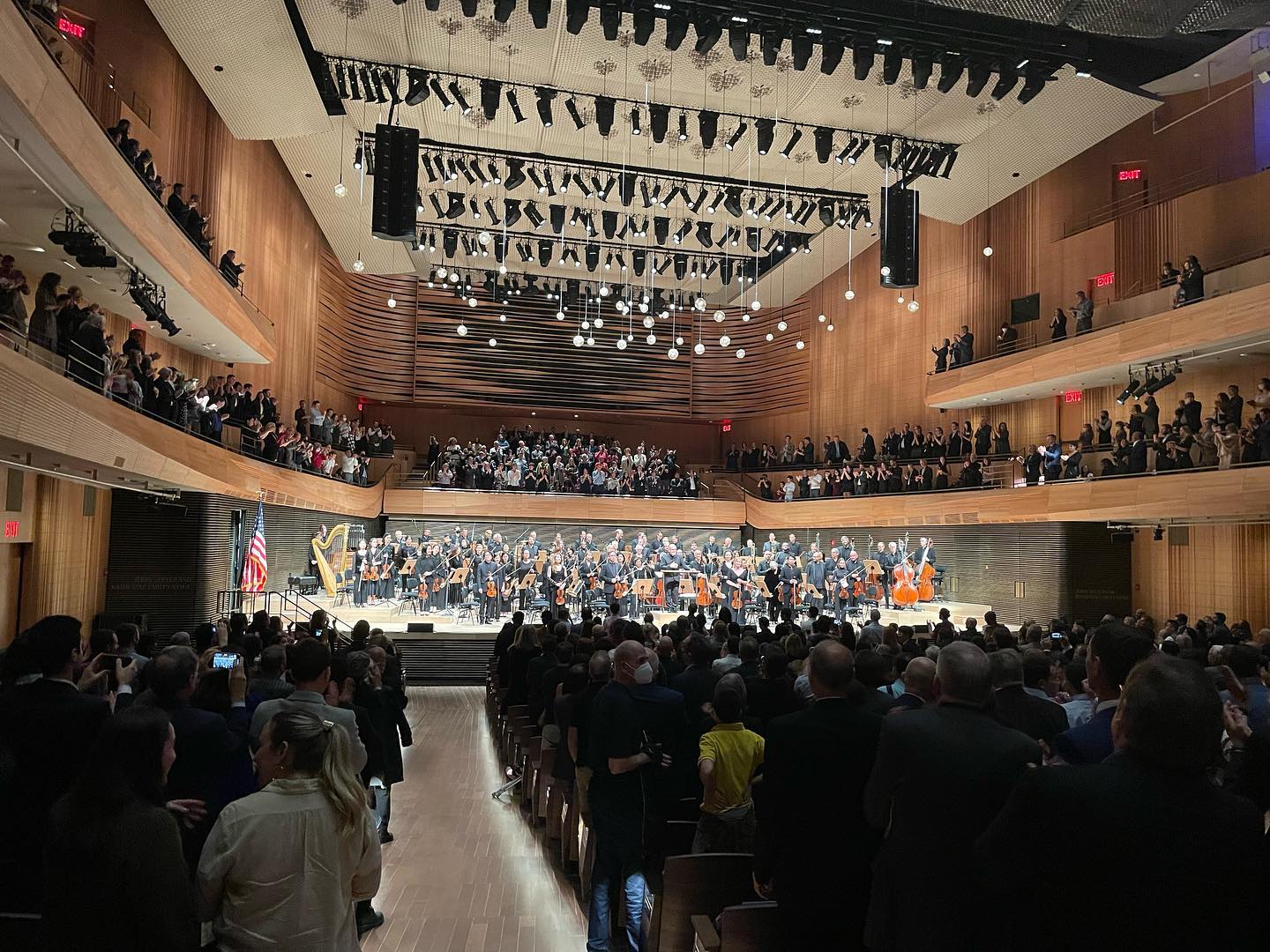Vinyl – another maestro reverts to LP
mainNot long after Val came crowding the Dude on the rush back to black vinyl, up popped Paavo Järvi to say that he’s had a whole Beethoven cycle pressed on vinyl to demonstrate the refined qualities of his super orchestra and his preference for LPs.
Here’s the link: http://www.diversevinyl.com/news.php?id=cff23f1796dca8edba945651617ab8a3
Paavo Jarvi/ Deutsche Kammerphilharmonie Bremen – Beethoven Symphonies 1-9

Limited to Only 999 Numbered Copies!
This Numbered, Limited Edition Deluxe Box Set features 9 LPs pressed on 180 Gram Virgin Vinyl!
Cut by Hendrik Pauler and Pressed at Pallas in Germany
ORDER TODAY FOR CHRISTMAS DELIVERY! VERY LIMITED STOCK!
This is really like the good old days – a new complete Beethoven cycle on records!
Of course, Andreas Spreer also had several Beethoven symphonies pressed on LP for Tacet (each of which is also worth recommending), but now all nine are available in a high-quality box with a sturdy plastic slipcase. Inside are LPs which have been impeccably pressed by Pallas on 180-gram vinyl and a lavish, large-format 32-page booklet. In other respects as well, everything is of the very best quality. The distinguished Polyhymnia team around Jean-Marie Geijsen did the original ighresolution digital multichannel recordings and the editing. The stereo SACD mix –
outstanding, by the way – was not simply used for the analog master, however.
Instead, Ralf Koschnicke of the Duisberg audiophile label Acousence remixed the multitracks on the analog level. The press matrices were made by none other than Hendrik Pauler at Pauler Acoustics, in the studios of his father, Günter, also committed to absolutely superb sound. It was worth the expenditure. The awardwinning recordings, dating from 2004 to 2008, sound overwhelmingly good. Only the best SACD players (if any) can produce such a colorful sound – both consistently harmonic and discriminatingly dispersed. Such bounding dynamics, dazzling
precision, touching charm, radiant brilliance – even vinyl skeptics get teary-eyed here. The fact that Estonian conductor Paavo Järvi is also a trained percussionist is clearly audible in several rapidly pulsating, brisk movements. The fact that he has inherited a feeling for effects without sensationalism from his father, Neeme, is obvious from several thrilling sforzati and electrifying climaxes. And finally, the fact
that, in addition to all of that, he also has a fine sense for subtle nuances is impressively demonstrated, not only in the softest passages of the slow movements. Every bar makes clear how outstanding the 40 musicians of the Deutsche Kammerphilharmonie Bremen are. All in all, sensational!





I have no quarrel with Dudamel or Jarvi, who are both splendid, but I find myself unable to get quite as misty-eyed as some about this regression to vinyl. As a musician (rather than an audiophile) of a certain age I was delighted to ditch vinyl when compact discs first appeared. It was reassuring to have a medium that wouldn’t (as far as we know) degrade with every playing, with extreme sound clarity. Once we’d got past the jokes about being able to hear the second oboist breaking wind in the ppp slow movement of a symphony, it was possible to start a serious collection, confident that it would be for keeps. (Bad news for the industry in the long term, of course, but they didn’t seem to care.) I’m sure that high-end vinyl equipment produces great sound, but then so does high-end anything (pace a few well-known dud systems). I can’t help thinking that this new development is aimed at listeners with more money than sense. But I agree that the Dudamel sleeve in particular looks wonderfully evocative!
CDs do break. They break all the time. I used to play some of my records hundreds of times with no problem, but every time a CD comes along that I play a lot I have to worry about it starting to break down. Plus once a CD goes bad the whole thing is shot. You can scratch a record but still play the rest of it. I have thousands of CDs but I hate them. Vinyl forever!!
Decca issued 6 LP set back in October 2011. It is called “The Decca Sound” . Also a limited edition 1000 numbered copies. I believe they are now re-selling at twice their retail price.
http://www.deccaclassics.com/cat/single?PRODUCT_NR=4783310
Decca included some old analog reprints along with modern digital recordings converted to LP.
About “original high resolution digital multichannel recordings”… Unfortunately, the consensus of audiophiles is such: anything recorded in native digital domain and post-converted to analog is a gimmick, pure and simple. At best, it is the same digital recording – minus rich lows and brilliant highs , plus hiss, wow and flutter, surface scratches and dust.
It would be interesting to have professionals on both sides of the debate to chime on pro and contra of digital/analog great divide.
They’re doing it right here, Val!
Amazo has just opened a new ‘Vinyl Store”. No classical sub-category yet. But the number listed under New Releases is heartening . 1769 new albums released in last 90 days. Coming releases next 30 days? over 600 albums.
http://www.amazon.com/Vinyl-Records-Albums-LPs-Eps/b?ie=UTF8&node=372989011
Valentina is completely right. Not much more to say. If you want to relive the character and integrity of great analogue recordings from the past there is a lot more to do than simply cut a shiny new digital recording on to a lacquer and press it on to vinyl as a fashion item.
Some wonderful microphones in that era. Far fewer microphones. Recording to analogue tape, usually straight to stereo. Much less editing. Much less remixing and meddling with the sound.
Tony – do disseminate this discussion among your colleagues. We need more professional opinion here. best, N
I speak as one who has put his money where his mouth is in the past in this area. Analogue and vinyl as a combination do bring something special to the party for those with high-end audiophile vinyl replay. Control-room replay of 1st generation Studer A80 analogue master-tape outperforms just about everything. However the problem is how to make it into something commercially viable, unless a sponsor throws a wodge of cash into the deal early on. Musicians, engineers, producers and record companies need projects which pay our mortgages, not just to deliver fine music. Business is tough enough without losing a packet on making speculative all-analogue vinyl releases beyond a few highly promoted fashion items. The pressings cost a lot, the audiophile stores take a big margin, the specialist distributors are often very bad payers – we have been waiting four years for our UK distributor to get over his amnesia of sales figures and of how to write a cheque. Our Italian distributor never even paid for his first shipment. We did an all-analogue vinyl release a few years ago, and it never broke even so without sponsorship I cannot risk more.
I would do all analogue work again starting tomorrow if someone will throw some funding at the enterprise. We still have original valve M50 mics (same model as the Golden Age of Decca, EMI and RCA Living Presence) and vintage ribbon mics, valve mic preamps, all valve mixer – all flight-cased and ready to roll. We could record live concerts at the RFH or wherever you like, but I know no regular clients who will even discuss the possibility. So many artists and especially producers are completely dependent on heavy use of large scale control-room dirty tricks which you cannot do in analogue. It is impossible to unlearn dirty tricks. It would be interesting to know many of Dudamel’s lp tracks were straight-to-stereo with minimal editing and no digital reverb.. Anything less (for me) is more marketing than substance.
Full-analog vs part-analog (AAA/DDA/etc.) vinyl recordings:
As a musician, music listener, and decidedly non-audiophile (suffice to mention all the great “field recordings”), I have no problem whatsoever with a LP that was recorded, mixed, and/or mastered digitally – as long as the overall sound is OK, that is.
I am simple enough to enjoy the haptics, the (hopefully) well-done arts that benefit from the vast cover area, the absence of anything computer-y, the much higher longevity of the medium, the “anti-modernism statement” involved, the slowdown enforced by handling the LP – that’s what comes to my mind first, I expect I’d find much more to enjoy.
Sure it’s a special height when the analog medium is used to emphatize the sound of full-analog record making with tubes and tapes. But that’s definitely an extra – after all, it’s the music why I listen to the record, not the recording techniques. One of my favourite recordings is a radio transmission grabbed on MC 25 years ago, and still very much alive and kicking today. Hiss and noise? Yes, sure (astonishingly little echo, by the way); but that disturbs me very much less than e.g. noisy concert visitors.
Funny enough, one of the biggest current LP markets is the Electronica scene (Techno, House, Dub, …). As I’m told, there is at least one shop with special vinyl department in almost each German town > 100k inhabitants. I really had difficulties to explain a DJ how non-existent vinyl is in the classical scene.
Why not shellac?